Nicholas A. Heras speaks to Aaron Y. Zelin about the Syrian Civil War and foreign jihadi fighters.
Nicholas A. Heras: What particular characteristics of the Syrian conflict have made it an attractive theater of jihad for militant Salafist fighters? How has the jihadi concept of fard kifaya (communal responsibility) been adopted by leading Salafist clerics to accommodate foreign Sunni youth seeking to fight in Syria?
Aaron Y. Zelin: There are a number of reasons why Syria has become an attractive location for jihad. Salafists do not view the Bashar al-Assad regime as Muslim since he follows Alawi Islam, which is considered heterodox even within mainstream Shia Islamic discourse. Therefore, a non-Muslim force is occupying Sunni Muslim territory, and is a legitimate target to attack and overthrow. Further, there are end-time prophecies related to Syria, and more specifically Bilad al-Sham (or greater Syria, which encompasses modern-day Syria, Lebanon, Jordan, Israel/Palestine, and western Iraq), that state Jesus will descend from the white minaret at the Great Mosque in Damascus and fight the dajjal (false messiah), and this will hasten the Day of Judgment from God. This, coupled with the hadith (sayings of the Prophet Muhammad) about the black banners being raised in Khurasan (historically in parts of Iran, Central Asia, and most importantly for jihadis, Afghanistan), is also related to the end times, and jihadis view it as a reference to the jihad that started in Afghanistan in the 1980s. These signs are leading some militant Salafists to believe that they are hastening the Day of Judgment.
In less millenarian ways, many militant Salafists are attracted to Syria for more altruistic reasons. They see their fellow Sunni Muslim brethren being slaughtered by the al-Assad regime, and therefore, want to go to Syria and help their brethren since they believe the Arab states, as well as Western nations, are not helping the Sunnis of Syria. It is likely, however, that militant Salafists would still go fight in Syria even if they believed that foreign actors were helping the Syrian opposition. In addition, some jihadis also want to get back at the al-Assad regime for its crackdown against the jihadi movement, as jihadis were using Syria as a base of logistics for the jihad in Iraq over the last decade.
It is likely that the most important motivation for international jihad in Syria is that some see the jihad in “Bilad al-Sham” as a jumping-off point for a full frontal jihad on Israel to retake the al-Aqsa Mosque, and al-Quds (Jerusalem), which is their ultimate goal. Further, because militant Salafist groups such as Jabhat al-Nusra (JN) have combined their battlefield prowess against the al-Assad regime and its allies with the provision of social services for opposition communities, they have been able to get closer to the local populace and win them over. This social appeal is a key lesson jihadis learned from their failed Iraq jihad project in the last decade.
By now, most of the key, influential Sunni clerics, including the Egyptian Youssef al-Qaradawi, have stated that jihad in Syria is wajib (an obligation). Therefore, it is likely that even more foreign fighters will come to Syria, most likely after Ramadan concludes. Much of the recent push by mainstream Sunni clerics to declare jihad in Syria as permissible is related to the Lebanese Hezbollah, Iraqi militias, and Iranian Revolutionary Guards Corps (IRGC) entering the conflict on the side of the al-Assad regime, and being a key to the victory in the city of al-Qusayr. Therefore, this heightened sectarianism will further inflame both sides of the conflict.
Heras: Is it likely that Sunni religious figures that have been militantly supportive of the Syrian uprising, such as Sheikh al-Qaradawi, will turn their attention and energy toward Egypt and advocate for jihad against the Egyptian military and the country’s interim government? Could Egypt become an even more important theater for jihad than Syria?
Zelin: No, the situations are completely different. I do not see mainstream clerics calling for jihad in Egypt. It will only continue to be something fringe elements call for. At this point, we don’t even see jihadis in the Nile Valley calling for it, and the jihadis in the Sinai haven’t outright called for it either, though they have been involved in some violence against the Egyptian state. The Sinai jihadis, though, emphasize in their propaganda that their only target and enemy is Israel. Syria will continue to be the preeminent zone for jihad in the near to medium term at the very least.
Heras: Currently, there is significant analytical attention being given to the militant Salafist opposition groups in Syria. Some of these organizations, such as al-Qaeda affiliates Jabhat al-Nusra and the Islamic State of Iraq and al-Sham, and the independent Harakat Ahrar al-Sham al-Islamiyya, are considered among the most popular and powerful anti-Assad factions. While presently reported to be not completely trustful of each other, is it possible that these organizations will work to improve their relations and coordinate more closely with each other in the future, and is it probable that they can jointly establish an Islamic State in Syria?
Zelin: These groups actually do not have many issues with one another. The media and opposition sources have made them out to be actual schisms, which is inaccurate and much of it is propaganda to try and discredit them. In fact, Jabhat al-Nusra (JN) and Ahrar al-Sham have been conducting joint military operations together since at least mid-to-late 2012. Further, although there were tensions between the leaders of JN and the Islamic State of Iraq and al-Sham (ISIS), on the ground level there rarely are many issues amongst the foot soldiers of these groups. There is now a vigorous competition between JN and ISIS to see who can do better on the battlefield against the al-Assad regime, Hezbollah, and their other allies.
Further, there was recently a friendly tug-of-war game between members of JN and ISIS in Aleppo as part of a Ramadan celebration in front of people in the particular neighborhood they did the event. It is true, though, that there are likely some apprehensions by Ahrar al-Sham with regard to ISIS because the group’s legacy in Iraq. Moreover, when the ISIS officially announced its presence in Syria, Ahrar al-Sham and its umbrella organization, the Syrian Islamic Front (SIF), condemned the creation of an Islamic State at this juncture, as well as doing so without getting council from other rebels. That being said, at the end of the day, all three organizations want an Islamic State in one form or another, although they have differing interpretations on what that actually means — especially Ahrar al-Sham’s vision versus that of JN/ISIS.
As such, if the al-Assad regime does fall, and the militant Salafist elements within the rebellion are able to then defeat/dispatch the secular/nationalist elements of the Free Syrian Army (FSA), there will likely be contestation between these groups as well as other Islamist elements for what an Islamic State in the Syrian context means. It is too early to know if these differences of interpretation would lead to fighting between these groups, or if there would be some type of arrangement worked out amongst them. There are still variables that would first have to happen to even get to that point based on the current state of the conflict in Syria.
Heras: How important are foreign jihadists to militant Salafist fighting groups in Syria? What areas of the greater Middle East region, and from around the world, do the majority of foreign jihadists originate from? How well integrated are they into Syrian militant groups?
Zelin: Foreign nationals fighting on the side of the rebels make about 5-10% of the opposition fighting force. Some have prior experiences fighting in Afghanistan, Iraq, Yemen, and elsewhere; for others, this is their first jihad. At the beginning of the conflict, most foreign fighters joined the Free Syrian Army (FSA), but this was prior to any jihadi group announcing its presence. At that time, there were only a small number of foreign fighters that came to Syria. This really started to change once Jabhat al-Nusra announced its existence in January 2012. The following spring and summer of 2012, a greater number of foreigners joined the fighting in Syria.
Since 2012, there has been a steady stream of individuals seeking to wage jihad in Syria, with no signs of this movement slowing down. Most foreign fighters are with the two al-Qaeda affiliated groups Jabhat al-Nusra (JN) and the Islamic State of Iraq and al-Sham (ISIS). Foreigners have also shown up with other Salafist forces like Harakat Ahrar al-Sham al-Islamiyya and Suqur al-Sham, as well as other smaller units, but unlike the al-Qaeda linked jihadi groups, the presence of foreign fighters in these groups is much smaller. Also, although there are foreigners with JN and ISIS, most of the fighters in those groups are still Syrian.
The majority of foreign fighters have come from the Arab world, specifically Saudi Arabia, Libya, Tunisia, Egypt, Jordan, Lebanon, and Iraq, among others. There have also been a significant number of militant Salafist fighters coming from Europe, with most of them coming from Britain, France, and Belgium, among other countries. There have also been foreigners that have come from non-Arab Africa, the Caucasus, South Asia, and North America, but in smaller numbers. Foreign fighters in the armed Syrian opposition are completely integrated into the organizations they operate with, as the groups they are in do not distinguish between Syrians and foreigners since they hold the view that all Muslims are equal and the same. As such, they are completely accepted.
Heras: In the event that the Syrian revolution were to fail and the armed opposition defeated, what would be the likely response of militant Salafist organizations that waged jihad in Syria? Are these organizations committed to a no surrender, no retreat strategy in Syria?
Zelin: Salafi organizations would not stop fighting; they would not view the revolution as dead unless they were all killed. Their main prerogative is to defeat the al-Assad regime. Anything less would be considered a failure, and I don’t foresee them giving up, especially the groups aligned with al-Qaeda such as Jabhat al-Nusra (JN) and the Islamic State of Iraq and al-Sham (ISIS). As we have seen in other areas, even though al-Qaeda Central (AQC) was defeated in Afghanistan in the aftermath of the US invasion in 2001, they laid low and regrouped until AQC felt strong enough again in 2004-2005. It is possible AQC is currently in this phase again, after the degradation of its forces from the United States’ military drone strike offensives from 2008-2012.
Similarly, we have seen this with al-Qaeda in Iraq (aka ISIS). They had been temporarily defeated during the Sunni Awakening and the US military surge strategy from 2006-2009, but have since built back their capacities and are now stronger than ever, especially in light of their fighters’ recent jail breaks as well as being reinvigorated by the Syrian jihad. We also see this “biding one’s time” strategy in effect in Yemen for al-Qaeda in the Arabian Peninsula (AQAP) after the Yemeni military cleared southern Yemeni cities, as well as in northern Niger/southern Libya for al-Qaeda in the Islamic Maghreb (AQIM) after the French military intervention in northern Mali.
The key in all this for al-Qaeda has been to limit its losses and try and regenerate. It is likely that both JN and ISIS would do the same in Syria if necessary. Currently they are strong in Syria, so it is unforeseeable that they would need to worry about this, but it is definitely possible due to the ebb and flow of war, as well as the potential for individuals’ opinions to shift, as it relates to JN in Syria.
The views expressed in this article are the author’s own and do not necessarily reflect Fair Observer’s editorial policy.
Image: Copyright © Shutterstock. All Rights Reserved
Support Fair Observer
We rely on your support for our independence, diversity and quality.
For more than 10 years, Fair Observer has been free, fair and independent. No billionaire owns us, no advertisers control us. We are a reader-supported nonprofit. Unlike many other publications, we keep our content free for readers regardless of where they live or whether they can afford to pay. We have no paywalls and no ads.
In the post-truth era of fake news, echo chambers and filter bubbles, we publish a plurality of perspectives from around the world. Anyone can publish with us, but everyone goes through a rigorous editorial process. So, you get fact-checked, well-reasoned content instead of noise.
We publish 2,500+ voices from 90+ countries. We also conduct education and training programs
on subjects ranging from digital media and journalism to writing and critical thinking. This
doesn’t come cheap. Servers, editors, trainers and web developers cost
money.
Please consider supporting us on a regular basis as a recurring donor or a
sustaining member.
Will you support FO’s journalism?
We rely on your support for our independence, diversity and quality.


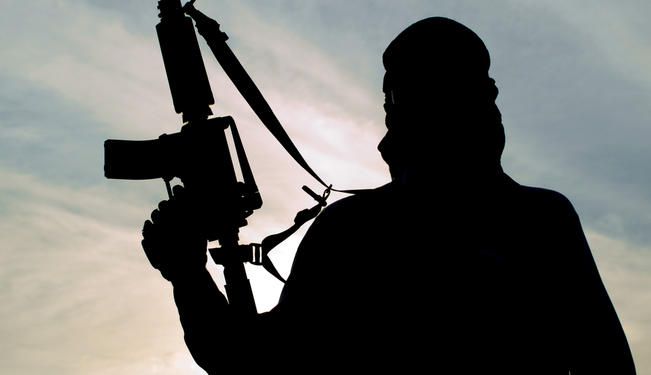
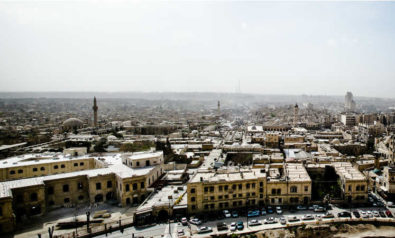

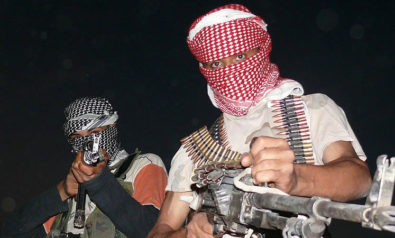
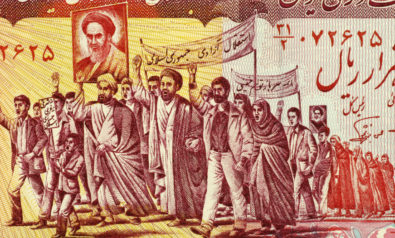


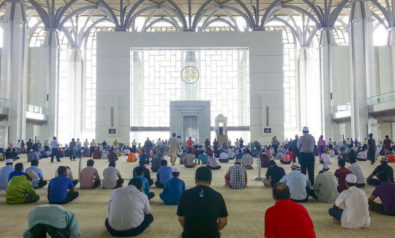



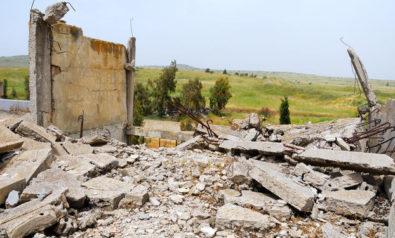


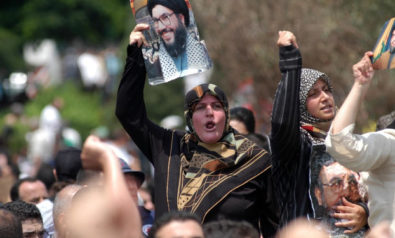



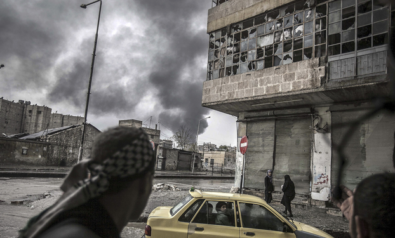

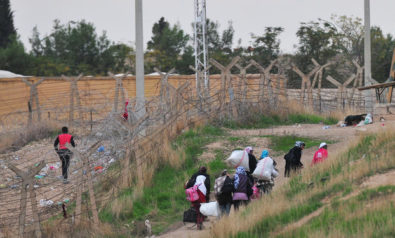
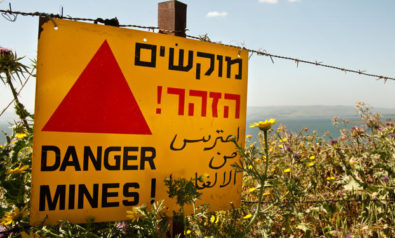
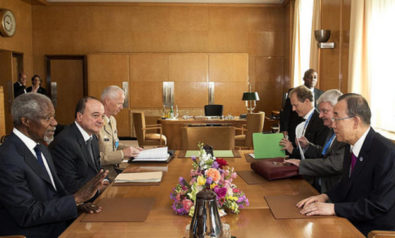

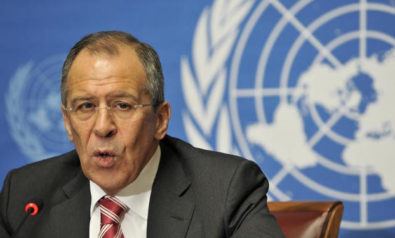



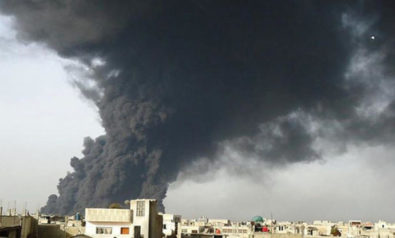

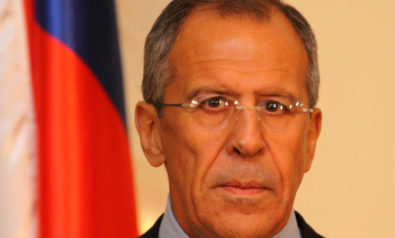
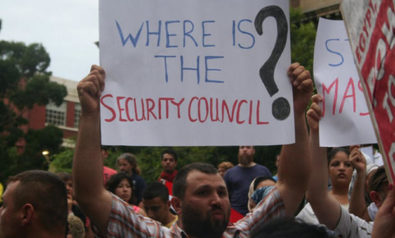



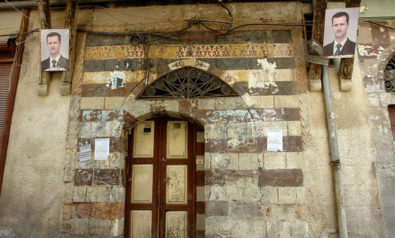



Comment